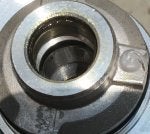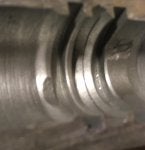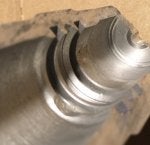We purchased our Rav4 new in December 2016. May 15, while in stopped traffic on I-96, there where 3 instances of pressing the brake pedal and nothing happening. The brake pedal went straight to the floor with no resistance and the car did not slow. Releasing and pressing the brake again stopped the car. The problem repeated on May 28 while driving about 25 mph and coming to a stoplight. It has been at 2 different dealers since June 9th, neither of which can duplicate the problem. The toyota regional tech can't figure it out either. I've been on the phone with the corporate guy, who is extremely difficult to get a hold of and not much help.
2 main purposes for this post: 1) to see if anyone has had similar problems and 2) if they did, was it able to get resolved? If so, how?
Toyota does not do any repairs unless they can witness/duplicate the problem themselves.
I reported it to NHTSA and discovered others have had similar problems.
I hope the vehicle is repaired soon because we like the Rav4 a lot (we have a 2008 too.) If it gets to 30 days at the dealer likely will seek a replacement under the lemon law. It's been a real hassle.
2 main purposes for this post: 1) to see if anyone has had similar problems and 2) if they did, was it able to get resolved? If so, how?
Toyota does not do any repairs unless they can witness/duplicate the problem themselves.
I reported it to NHTSA and discovered others have had similar problems.
I hope the vehicle is repaired soon because we like the Rav4 a lot (we have a 2008 too.) If it gets to 30 days at the dealer likely will seek a replacement under the lemon law. It's been a real hassle.














